By Pam Laing
American Crow and Common Raven, two familiar Corvids
This winter started off unusually mild and snowless. You may have noticed, as I did, that many more crows than usual were lingering here instead of moving further south. Why? As always with birds, it’s all about finding food in order to survive. When conditions are favourable, with no snow cover and milder temperatures, birds that would normally migrate southwards to find food are able to find it right here, so they stay. (This applies to robins, for example, which are known to feed on unpicked fruit in our apple orchards in East Kelowna and elsewhere.)
American Crows are the smaller of the two all black members of the Corvid family, the larger being the Common Raven, which we’ll look at in a moment. American Crows are among the most familiar of North American birds. They are largish birds at 15.5″ – 19.5″/~39-49 cm with a wingspan of 3 ft/1 metre. They are widespread in almost all habitats, from wilderness to urban centres. They range across the country from B.C. to Atlantic Canada but are rarely found in the far north. Their calls are well-known, the familiar ‘caw, caw, caw’ often heard in our area.
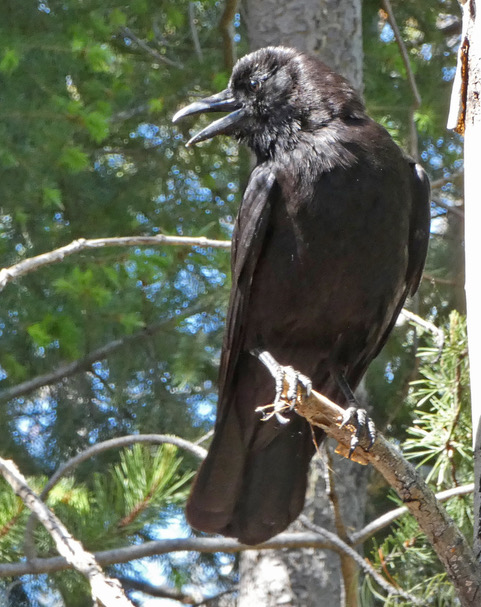
So what do they feed on? Well, they are pretty omnivorous! They’ll take fruit, carrion, garbage, insects, spiders, foraging mainly on the ground. They also raid the nests of small birds, taking nestlings, something hard to witness. They build a stick-based nest with a finer inner cup and lay 3 – 7 eggs, raising a single brood sometime between April and June. Flocks are most numerous in relatively open areas with widely spaced trees. The birds congregate too in communal roosts they favour. It can be a noisy occurrence if you happen to live nearby!
American Crows are extremely inquisitive birds, intelligent and curious, always looking for something of interest and signalling its discovery to others nearby. Researchers have found that they can count to more than five, and will know when a birder or photographer is nearby, even if hidden. It’s hard to keep your presence secret from an American Crow.
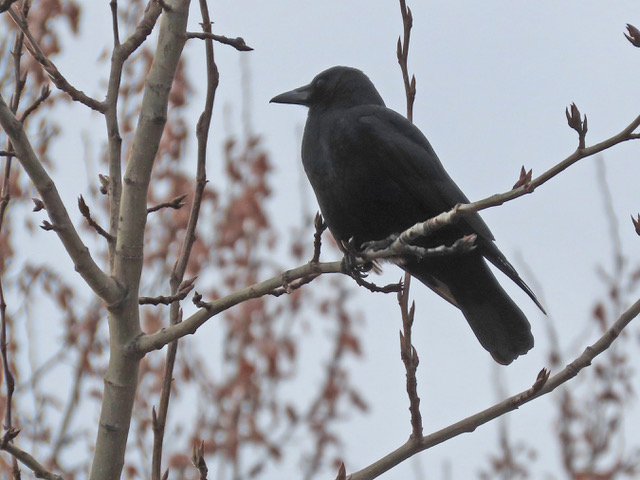
Common Ravens are much larger and lankier than crows, with much heavier beaks and deeper voices. These are big birds at 24″ – 27″/~60-70cm, with a wingspan of 4.5 ft/1.4 metres. They are completely black with a purplish gloss in some lights. Their feet and legs are also black. When they fly their long tails look wedge-shaped when they are soaring or blunt-ended if they are flying directly from one place to another. They are abundant in Canada’s north, even flourishing across the high Arctic, where they are often the only bird species. Their range extends southwards through the western provinces and states into Central America. They can be found in almost every habitat, from coast to mountains, tundra, woodlands, forests, prairies and near human settlements of all sizes.
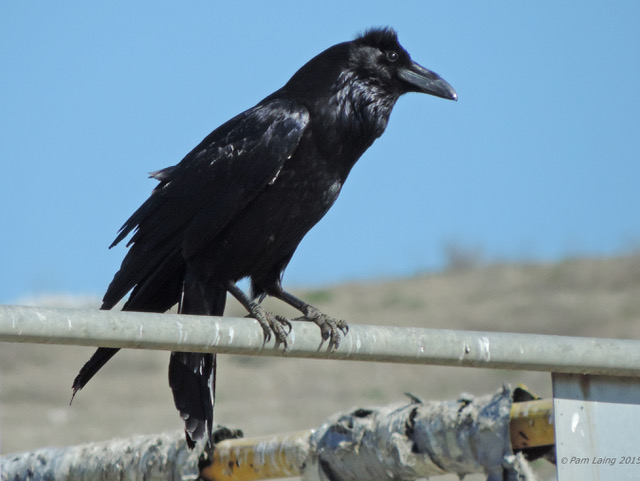
Like their crow relatives they are omnivorous, eating carrion, small crustaceans, fish, rodents, fruit, grain, garbage, and like the crows they too raid the nests of smaller birds to take nestlings. They build a platform of sticks with fine inner material on trees, cliffs or man-made structures and lay 4 – 5 eggs, raising one brood between March and June. Their deep voices are incredibly varied, with vocalizations from guttural clicks and resonant ‘bonks’ to high, bell-like and twanging notes, and a long hoarse ‘krruuk’, all of which presumably send different messages to their kin.
Ravens are among the most intelligent of all birds, on par certainly with some of the parrots such as the New Zealand kea. They learn very quickly, adapt to new circumstances with remarkable mental agility and communicate their discoveries, as we’ve seen, to others in their flock. Scientists have been able to ‘train’ ravens to perform quite complex tasks. They can remember a sequence of complicated actions in order to feed. You may have seen television footage of them using pebbles to raise the water level in a container so that they could reach what they wanted, or to press levers or use sticks for access to food otherwise out of casual reach.
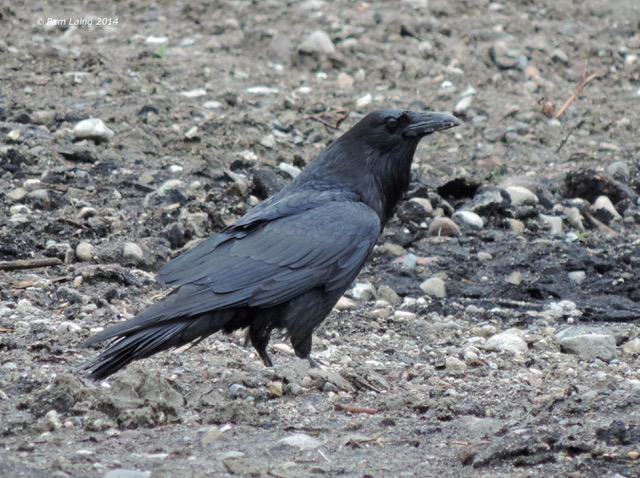
The official bird of Yukon Territory, the Common Raven is also prominent in Indigenous lore. Generally throughout most Pacific Northwest Indigenous cultures, Raven symbolizes creativity, mischief and magic. S/He is often depicted as a trickster in many stories teaching life lessons. Because of a Raven’s ability to communicate, and even mimic human speech, s/he can also represent prophecy and connect the living with the dead. A Raven is a harbinger and catalyst for important change. In some Indigenous cultures Raven is even the discoverer or creator of humankind. As you can see, this is one complex and intriguing species, deserving of our respect. Think about that next time you hear or see a Common Raven this winter.







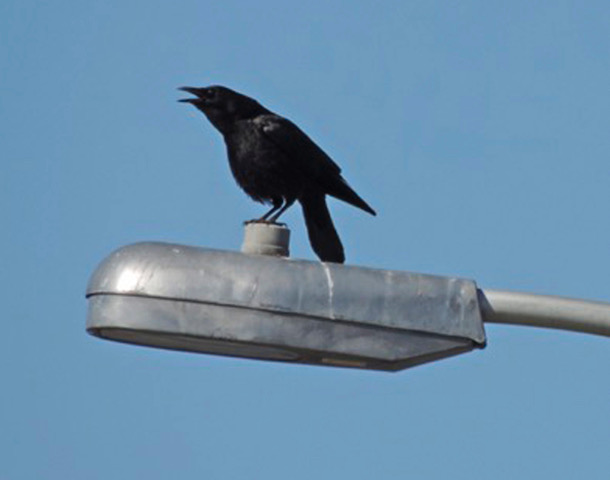
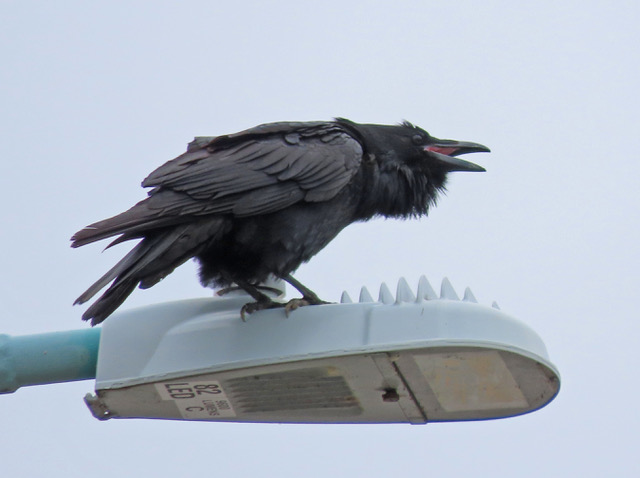
0 Comments